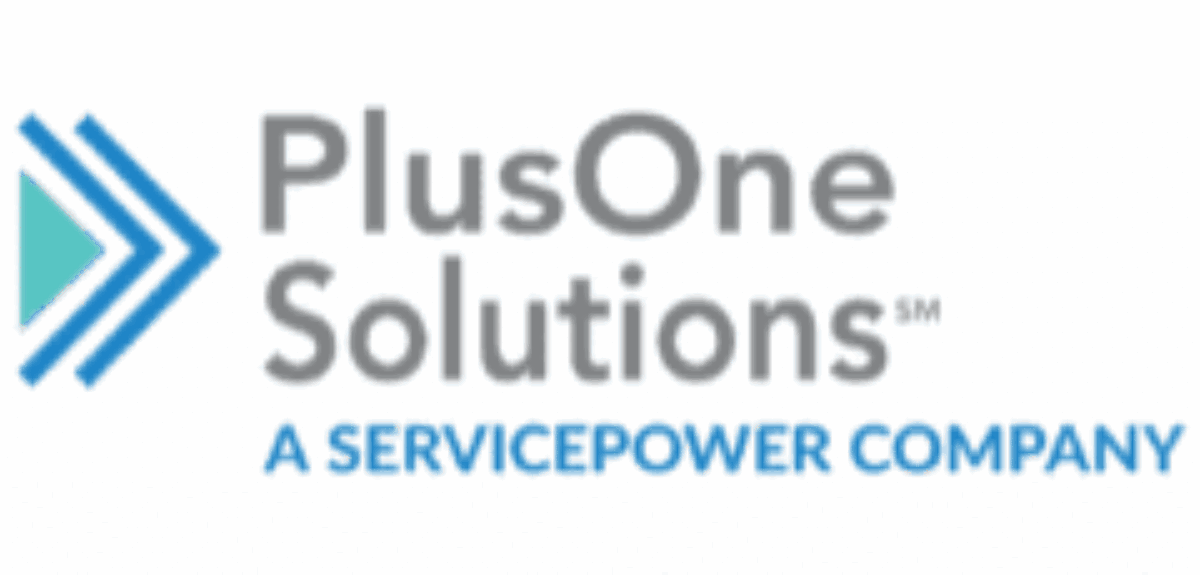Call Us Today (877) 943-0100
How A Contingent Workforce Compliance Program Reduces Risk Exposure and Liability
Risk Management | October 8, 2021
Working with a vendor network requires unique strategies to reduce risk exposure. Keep reading to learn why a contingent workforce compliance program is essential to your organization.
Through the use of various products and risk mitigation solutions – COI Management, Background Checks, TIN Matching, Badging, License Monitoring – organizations can significantly reduce their risk exposure and liability.
As anyone knows, there are various types of risks that an organization may face and as we cover each of these below, we will explain how the use of a contingent workforce compliance program can impact these risks and reduce the potential liability for your organization.
Before we dive into this topic, the most important message is that risk will not be reduced if nothing is done. The key to reducing risk and liability is to put measures in place to reduce the chances of the risks bringing a negative impact to your organization. The more measures are in place, the better the chances are that risk will be mitigated.
In the following blog, we will cover these specific types of risk that a contingent worker compliance program can help mitigate:
- Operational
- Legal
- Financial
- Reputational
- Competitive
Operational Risk
Putting an unlicensed or inexperienced contractor into a home can have dire consequences if something goes wrong. As well as invalidating any insurance claims, organizations may expose themselves to civil or even criminal lawsuits as well. License Monitoring as well as other mechanisms to ensure that processes, people, and systems do not fail will help mitigate operational risk.
Legal Risk
As noted above, the risk of lawsuits drastically increases when something in your service network goes wrong. The desire to be compensated for shortcomings in your operations is often the penalty for a lack of effective oversight and planning. Completing comprehensive background checks, completing TIN matching, before engaging a contractor in your network, or even ensuring the appropriate insurance coverage is in place, are all effective options to reduce this risk.
Financial Risk
Whether the result of a denied insurance claim, lawsuit because of a sexual action taken by a contractor against a homeowner, or another adverse reputational event, the most common way to exact a penalty is through financial means. This may be done through the judicial process, the loss of revenue, or product issues. Your organization can defend against such claims and reduce your liability by being able to demonstrate reasonable precautions and actions that have been put in place to prevent issues from occurring.
Reputational Risk
Organizations know that not only does their reputation precede them, but it also follows them. And if that reputation is not positive, it can do irreparable harm to the organization. Consider the issue raised above of a contractor taking sexual action against a homeowner while representing your company. Imagine further that this individual was a registered sex offender with a known criminal record. In today’s 24-hour news cycle, that kind of information about your company can spread like wildfire and the damage that ensues can be very difficult to mitigate.
The additional challenge is that even if the information is half true, the attempts to correct the information may yield little in the way of damage control. Anywhere it is posted, printed, spoken about remains long after the event itself is considered over. This will impact your prospective customers, your current relationships, and opportunities to work with suppliers.
Competitive Risk
Few organizations have the luxury of being “the only game in town” and that means that others if others in your industry are maintaining higher standards, thinking more strategically, demanding compliance with certain requirements, or protecting themselves in ways your organization is not, you are exposing yourself to the less attractive contractors and partners that others are not allowing in their networks. The result is lower quality work, higher operational and reputational risks, and ultimately greater chances that your organization will be dealing with the outcome of a lack of a comprehensive program.
Earlier, we indicated that risk will not be reduced if nothing is done but now we can also add that one action will not mitigate all risks. For this reason, only a comprehensive contingent workforce compliance program will reduce risk and liability. The good news is that these programs are not difficult to implement, and they complement each other to provide various layers of protection and support for your organization.
PlusOne Solutions is your partner in contingent workforce compliance. Contact us today to discuss the services that can benefit your organization.
Contents are provided for information purposes only and should not be construed as legal advice. Users are reminded to seek legal counsel with respect to their obligations and use of PlusOne Solutions services.
About PlusOne Solutions
PlusOne Solutions has been an industry leader in the risk management field by specializing in compliance programs that meet the complex challenges of geographically dispersed contractors, vendors, and employee networks. PlusOne Solutions protects companies from possible financial, legal, and reputational risks associated with contractor and vendor relationships while creating safer work environments. To learn more, visit https://www.PlusOneSolutions.net.
To receive these updates directly in your email inbox, sign up for the newsletter. Questions or comments? We want to hear from you.4 Ways to Create a Comprehensive Background Check When Using a Vendor Network
An accurate and comprehensive background check cannot be omitted from your contractor...
Read MoreA COI Tracking Spreadsheet Can Come Back to Haunt You
If you have been searching for the perfect certificate of insurance (COI)...
Read MoreThree Benefits of Outsourcing Compliance When Utilizing An Extended Workforce
Working with an extended workforce can come with its own set of...
Read More



